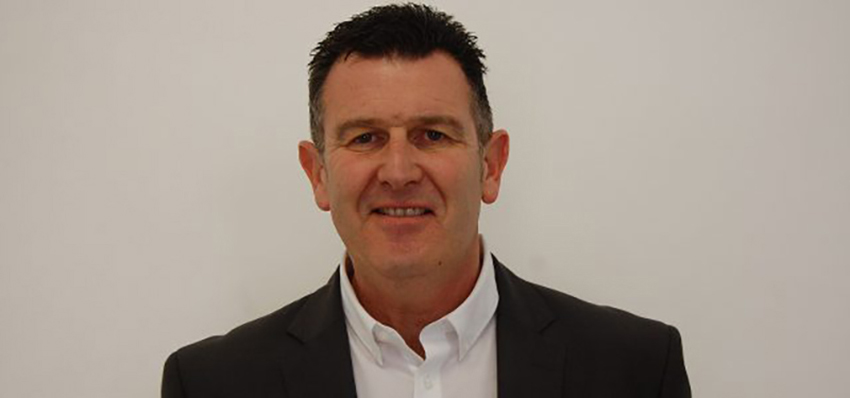On my way to work this morning and prepping for this story in the traffic, I tried to perform some mental gymnastics and calculate just how many electronic devices (and thus electronic waste) we have put out into people’s offices and homes since 1998.
Between notebooks, desktops, monitors, and servers, the numbers just grew in the millions. Soon, there was simply no more room in my head for the number of zeroes over the 20 years in question.
From competition among vendors, to increasing targets within the distribution channel, channel partners meeting those targets, achieving rebates, and getting customers to keep refresh cycles not only regular, but constant, the channel has supplied plenty of electronic equipment over the years.
My train of thought then switched to what is being done when these millions of machines reach their end of life and need to be retired, and the truth hit me like a ten-ton truck:
Almost nothing.
It seems like recycling is the perpetual ugly stepsister of the IT and electronics industries, and most of us just choose to look away.
But you see, we can’t do that anymore. According to the eWaste Association of South Africa (eWASA), we in South Africa are among the highest contributors of eWaste pollution across the entire African continent, because, as eWASA notes, “…each individual generates around 6kgs of eWaste per year…”.
If you multiply the above by our population of 57 million, it is safe to say that the amount of (mostly) toxic eWaste in the country will frighten your imagination.
But the scariest aspect of the whole South African eWaste story is that so much of the process is run by informal players running their businesses out of the odd landfill or storage area. The problem with this is that there are plenty of eWaste-related dangers, such as harm to the environment or people’s health, that most of these players just aren’t aware of.
In the United States, where plenty of research has been done on the subject, eWaste makes up a negligible 2% of trash in the country’s landfills… but makes up a massive 70% of all US toxic waste.
Old electronic equipment is dangerous… and here’s why:
Many of the components that are used in PCs, monitors, servers, switches etc. contain a list of deadly contaminants, such as cadmium, beryllium, mercury and, brominated flame retardants. When left to fester in landfills, those contaminants seep into the ground and potentially contaminate our water tables. But the danger doesn’t stop there: after eWaste has polluted our groundwater, it can also cause a variety of diseases from lung and skin disorders to kidney failure and severe hormonal imbalances.
It is important for us to acknowledge the problem of electronic waste, but even more so, to commit to being a part of the solution, particularly with initiatives such as #RecycleWeek, 10 – 15 September 2018, that aim at highlighting the environmental benefits of recycling ALL waste.
Dispose-IT is a company that cares about the environment and the growing impact of toxic eWaste on local communities, as well as the impact on our country’s landfills, landscape, and economy. We’re committed to the intelligent disposal of IT assets in ways that don’t harm the environment, and which can benefit the companies on whose behalf we do it, through value recovery.
We’re a company that cares about your company, too: we’ll help you free up your store-rooms, eliminate the risks of IT disposal, and keep you safe, green, and compliant.
If your company is in possession of old electronic equipment and would like to dispose of it, you can get in touch with us, by filling out this contact form.
You can also give us a call directly on (010) 140-0877, or you can email us at this address.
Ron Keschner is Sales and Marketing Executive at Dispose-IT.

